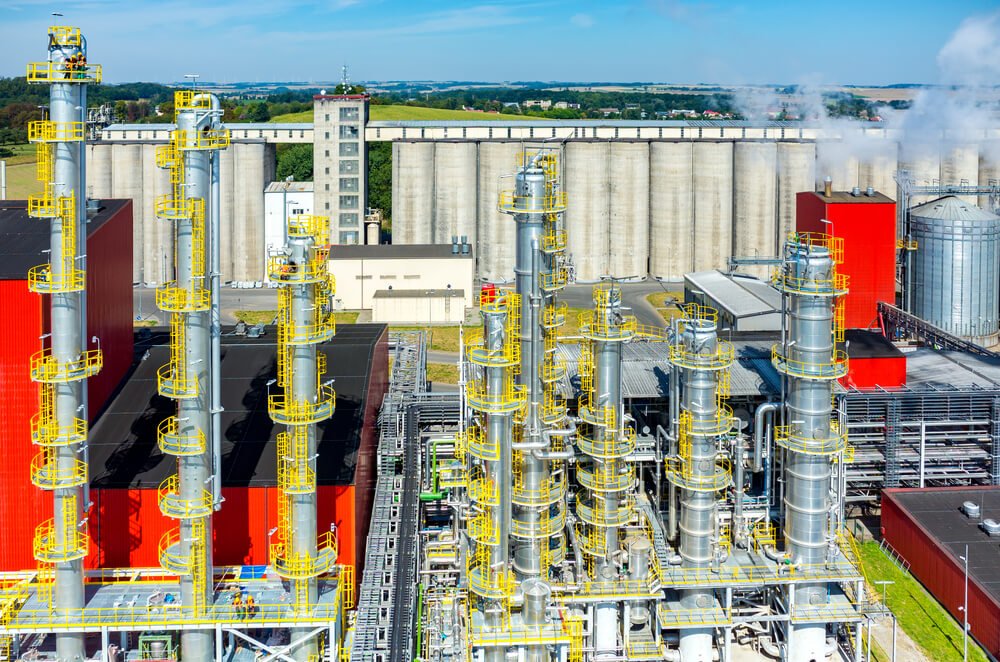Despite the years of research, there are still plenty of questions surrounding biofuels.
The biggest question is, “Are biofuels renewable?”
Biofuels have been around for decades.
The first round of research took place in Belgium during the 1930s.
It’s thanks to this research that there is an answer to this question.
Biofuels as a renewable energy source
Biofuels are a source of renewable energy because it’s made from organic matter.
This is because biofuels are another possible solution to the increasing energy problems.
Biofuels can generate up to 6% of the energy needed in the US.
This was according to Penn State. Biofuels can fuel for the following:
- Preserve the remaining fossil fuels.
- Reduce the need for foreign oil
- Increase agricultural and rural development
What are biofuels?
Biomass (organic material) can make biofuel.
These materials can include plants and trees, grass, crops, and even agricultural waste.
There are different types of biofuel. The two most common are biodiesel and bioethanol.
Bioethanol.
This is an alcohol made from the carbohydrates found in sweet sorghum, sugarcane, and corn. The cellulose from trees and grasses can make ethanol.
Pure ethanol can be a fuel used to power vehicles.
This can reduce the number of emissions from vehicles.
Different fats and oils make biodiesel. This is through a process of transesterification.
This is mainly used to power fuels in Europe.
Different generations of biofuel
There are three different generations of biofuels.
Each generation has its raw material that produces fuel.
There are certain advantages and disadvantages to each generation of biofuel.
First-generation biofuel
In this generation, sucrose, starch, and vegetables make biofuels.
They produce fuel for vehicles.
An advantage of this is that the processes are the same used in the food industry.
This means that there isn’t a need for more research and innovative technology.
The disadvantage is that the crops needed for biofuels will need more fertilizer.
Second-generation biofuel
Trees, crop residue, and perennial grasses make the second generation of biofuel.
The crops for this biofuel can be grown in areas where you can’t make a profit growing crops.
The advantage of this is that landowners won’t have to reduce the amount of land used for growing food crops.
There are two main disadvantages with second-generation biofuel.
The first is that using significant additional amounts of organic material can be expensive.
The second being that the crops used for fuel will need extra treatment to help the cellulose break down.
Third-generation biofuel
Oil and organic material make the third generation of algae.
Oilgae (algae that produce oil) is fast-growing and doesn’t need any pretreatment.
Managing the environment for growing Oilgae can be costly and can be challenging.
This can include the cost of maintaining expensive equipment and the facilities.
Advantages of biofuels
- Less toxic materials in the atmosphere
- Compared to fossil fuels, the carbon produced by biofuels is more natural. Plants can use this natural carbon for photosynthesis, unlike fossil fuels that produce carbon toxic to the atmosphere.
- Create a sustainable economy
- Biofuels are a natural and renewable source of energy. This means that using biofuels can lead to a drop in using fossil fuels.
- Foreign countries won’t have to sell expensive fossil fuels. Without this, countries will be able to produce a stable and sustainable economy.
- Employment for locals
- Countries that produce biofuels will be able to create employment opportunities. The lengthy process will need plenty of manual labor to make sure that there is minimal damage. Some examples of these jobs include farmers, fuel distributors, and construction engineers.
- Increase in farming
The more people use biofuels to power their cars, the more they need for biofuel manufacturing will go up.
This will lead to an increase in farming the necessary crops for biofuels.
High demand for biofuels and their crops will mean a high demand for farming land.
This land will need to be suitable for growing large quantities of produce.
Disadvantages of biofuels
There are some disadvantages to using biofuels as an alternative source for fuel.
This can happen with any alternative source of fuel.
- Produces less energy
- Biofuels produce less energy than their traditional counterparts. Biofuels will need more organic material to produce the same amount of energy.
- Large carbon emissions
In 2015, the World Resources Institute released a study on biofuel emissions.
They found that the process of making biofuels would lead to significant carbon emissions.
Biofuels are expensive
To manufacture biofuels, you will need a lot of money to get the process started.
You will need plenty of money for the facilities, equipment, and treatment to make biofuel.
At the moment, this makes biofuel a more expensive way to fuel cars.
Increase in food prices
The process for making biofuels will involve some food crops such as corn.
This can lead to an increase in food prices.
The University of Michigan found that growing corn for feedstock can increase 20% to 50%.
Shortage of food
Growing the plants needed to make biofuels could make them fertile.
Producers could have used this land to grow food crops.
But, crops for biofuels can be grown on infertile ground.
Massive water usage
To grow the crops needed for biofuel, producers will need to use vast amounts of water—large quantities of water in the making of biofuels.
A 2018 assessment found that biofuel crops needed a longer time to grow and water flow decreased.
Summary on biofuels
Biofuels are a renewable source of fuel.
This is because natural materials such as plants and algae make biofuels.
There are still some disadvantages to using biofuels.
These include the high cost of manufacturing biofuels and carbon emissions.
Aside from the possible disadvantages, there are other advantages to using biofuels.
Using biofuels has the potential to create jobs for the unemployed and a strong economy.
References:

